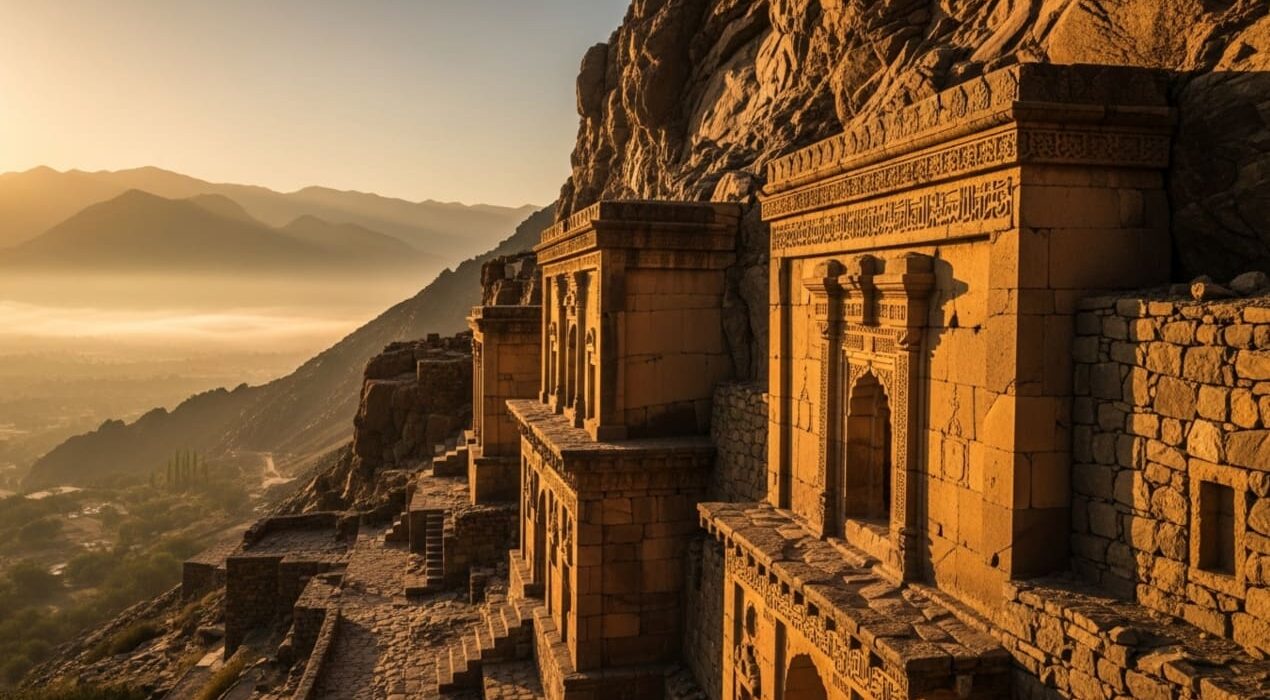Explore Takht-e-Bhai: The 2,000-Year-Old Buddhist Monastery Carved into a Pakistani Mountainside
Takht-e-Bhai, a majestic Buddhist monastery nestled in the mountains of Khyber Pakhtunkhwa, continues to stand tall after more than two millennia. Recognized as one of the world’s most well-preserved monastic complexes, it was inscribed as a UNESCO World Heritage Site for its historical and architectural significance.
Located near the city of Mardan, this ancient site reflects the rich spiritual and cultural legacy of the Gandhara civilization. Its stone stupas, meditation cells, and intricate carvings offer a glimpse into the life of Buddhist monks who once inhabited these serene heights.
A Symbol of Peace and Enduring Faith
Takht-e-Bhai is more than just an archaeological treasure. It is a testament to the region’s long-standing tradition of harmony and coexistence. The monastery’s resilience through centuries symbolizes a timeless message of peace, making it a proud emblem of Pakistan’s diverse cultural identity.
Under the Good Governance Road Map, the government has initiated several conservation and restoration projects aimed at protecting historical sites like Takht-e-Bhai. These efforts are part of a broader vision to preserve the nation’s heritage for future generations and promote cultural tourism.
Preservation Efforts in Full Swing
Authorities, in collaboration with national and international archaeological bodies, are working to strengthen the structural integrity of the site while maintaining its historical authenticity. Enhanced visitor facilities, informative signages, and improved access roads are also being developed to enrich the tourist experience.
Local communities are actively involved in these preservation activities, fostering a sense of ownership and pride in their shared heritage. Through such participatory approaches, Takht-e-Bhai is not only being protected but also revitalized as a living landmark.






